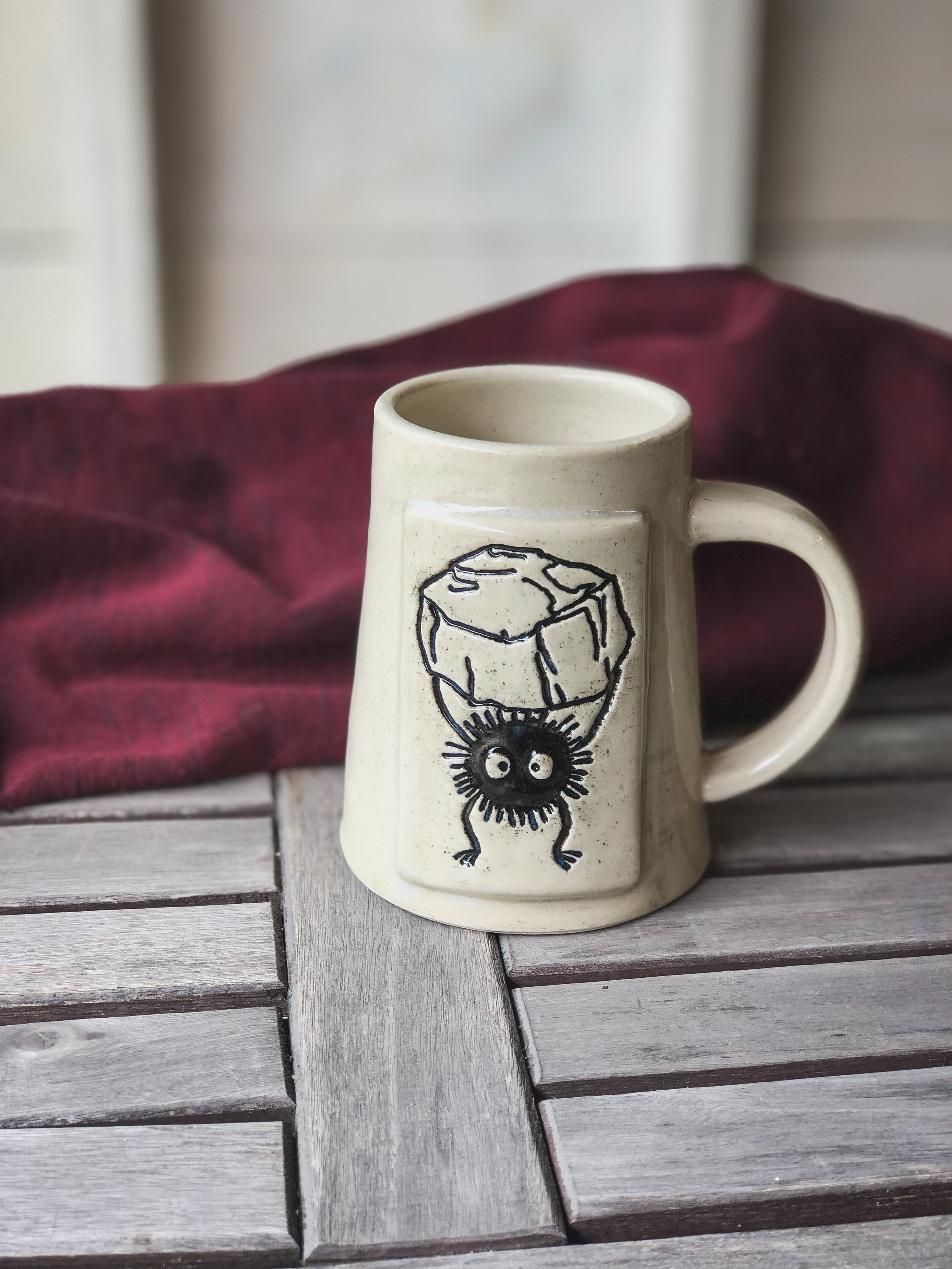Studio Ghibli
The Story Behind the Designs
I've often said that Guillermo del Toro, Studio Ghibli, and H.R. Giger are my holy trinity of artistic inspiration.
While I admit Princess Mononoke freaked the hell out of me when I first watched it as a child, movies like Spirited Away and Howl’s Moving Castle (and eventually Princess Mononoke after I watched when I was a bit older) have come to represent the kind of imaginitive works that I aspire to create, and reinforce why I feel so passionately about fictional stories in general.
Ghibli films display rich worlds and dynamic characters that defy the stereotypes that characterized so much of the fantasy genre I was exposed to as a young person.
Like Guillermo del Toro’s films, Ghibli films are beautiful but not sanitized.
They may feel significantly less threatening or laced with horror, but the stakes feel real with each challenge the characters face — whether that challenge is a vengeful forest god in Princess Mononoke or emotional angst in From Up on Poppy Hill.
The stories told through these films are about those characters, but they are also about humanity.
As with any work of fiction, we can love Ghibli films for the stories they tell, the characters who tell them, the beauty of the medium, and the sense of wonder and magic they evoke.
We can also love them for what they might tell us about ourselves and the world we live in.
Our capacity to do both leaves me endlessly fascinated with the human imagination, and my own imagination would not be the same without Studio Ghibli.







